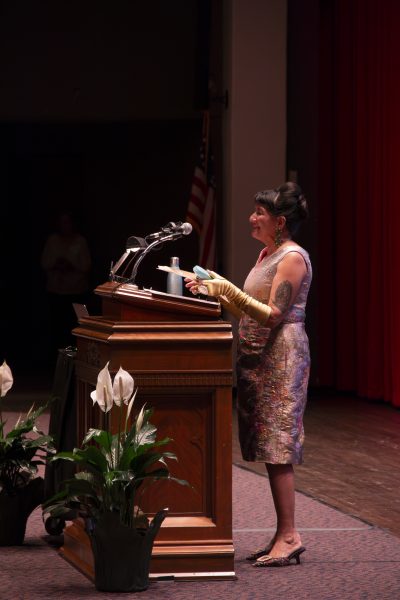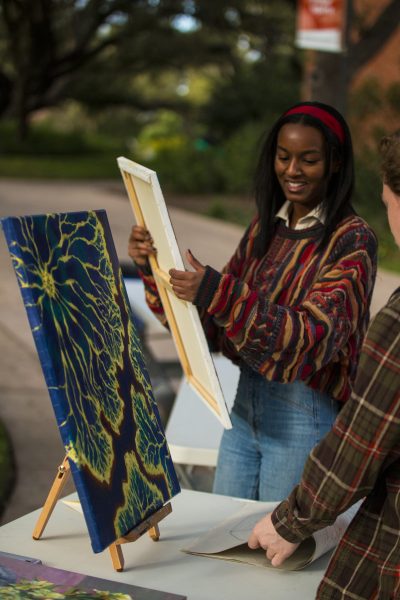Open your ears to the music of the world
Oftentimes, we find ourselves flooded with music streaming algorithms designed to feed us a highly catered set of sounds and emotions. At first glance, having refined methods of receiving music relatively close to your realm of sonical comfort seems like a convenient way to approach music exploration. However, as much as we find joy in finding music fitting to our taste, it is important to delve into other styles of music and to challenge our perception of music and what it should express.
Stepping outside of your musical preference is a wildly rewarding experience everyone should actively pursue. An appropriate mindset to take when checking out different music scenes is to be open to seemingly off-putting sounds and styles. There’s much to learn from the scenes of other countries and regions, especially when you notice that the music is a reflection of their cultural and social state.
As an avid music listener, I find pleasure in finding artists who challenge their expected sound and experiment with different styles. For example, the Australian band “King Gizzard and the Lizard Wizard” has explored genres ranging from indie rock to heavy metal. Released in November last year, the band’s 16th studio album, “K.G” fuses folk, microtonal scales—which deviate from the Western norm of 12 equal semitones in an octave and are commonly found in Middle Eastern music—and harsh yet groovy percussion. Although this blend may seem unconventional, it is a respectfully eclectic and bold move that should be implemented more throughout music. KGLW, alongside musicians like Jethro Tull, The Mars Volta, King Crimson, Mr. Bungle and Frank Zappa, incorporate various elements of music into their music. By breaking down the barriers of how music should sound, music is able to evolve in exciting ways.
Another enjoyable part about exploring music is learning about how a region’s culture cultivates a specific sound. I recently discovered Brazil’s Baile Funk through a probably unhealthy, but justifiably enriching, YouTube music rabbit hole. Baile funk, or Brazilian Funk, has garnered a sizable fanbase but still remains criminalized in Brazil because of its origins in the favelas of Rio de Janeiro and São Paulo. The scene combines elements of two main styles of Brazilian music: funk and samba. Brazilian funk is greatly influenced by Afro-American and Afro-Brazilian traditions, pop-rock, and capoeira, a form of martial arts by the descendants of African slaves in Brazil. Samba, which took root in the period after Brazil’s abolition of slavery in 1888, became the sound characteristic of those in the favelas. In the 90s when funk music was gaining traction, the police and legislation worked hard to shut down many of their concert venues. Disk Jockeys crucial to the beginning of baile funk had to find low-profile places to perform to avoid being arrested and attacked by the military police. Fast forward to 2019, and funk street parties are still being met with intense militarized police and senseless murders. Luckily, figures important to funk, such as Naldo, Anitta, Ludmilla and DJ Malboro, are taking to the Internet for both safety and to share their infectious music with the world.
I highly recommend immersing yourself in styles outside of your typical preference and reading about the backstory of a region’s sound. Of course, this isn’t to recommend getting down by the overly meticulous and almost restricting manner music genres are labeled, but to rather become familiar with sounds home to different cultures and regions. It’s a hobby that reaps endless research.
An amazing resource is the website Every Noise at Once which is an explorable, algorithmically-generated visual map of around 1400+ styles of music around the world.

I'm a senior Computer Science major and a Classical Studies minor from Newton, North Carolina with a passion for art. I also work at the Center for Experiential...











